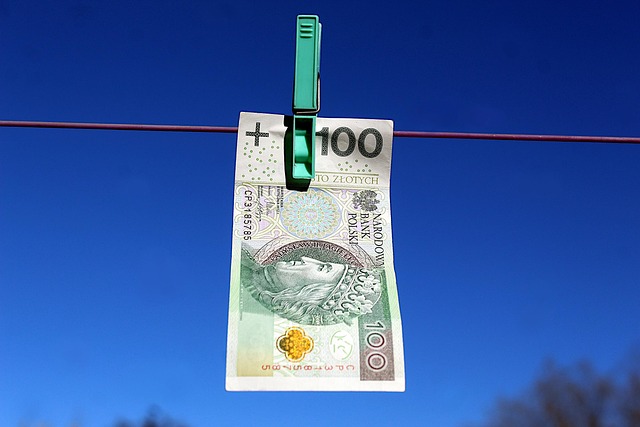The car title loan grace period (7-14 days) acts as a buffer against repossession, allowing borrowers to regroup and make late payments without penalties. Strategically using this period by budgeting for partial payments demonstrates financial responsibility, prevents asset seizure, and builds a positive repayment history. Extending the grace period through negotiation with lenders is possible, but requires responsible financial management and timely payments on other debts to increase success chances.
Car title loans offer a quick solution for financial needs, but repossession is a real risk. Understanding the car title loan grace period can be your best defense. This window of time, typically 10-30 days, allows borrowers to make late payments without losing their vehicle. Our article breaks down everything you need to know about these periods, from basic concepts to expert tips on maximizing them and avoiding repossession altogether.
- Understanding Car Title Loan Grace Periods: The Basics
- How to Utilize the Grace Period Effectively to Avoid Repossession
- Tips and Best Practices for Extending Your Car Title Loan Grace Time
Understanding Car Title Loan Grace Periods: The Basics

A car title loan grace period is a crucial aspect to consider when seeking fast cash through a Title Pawn or auto equity loan. Unlike traditional loans with strict repayment timelines, this feature offers borrowers a temporary reprieve from immediate debt settlement. During this period, usually ranging from 7-14 days, the lender provides a buffer, allowing individuals to regroup and find suitable financial solutions without the risk of repossession.
Understanding these grace periods is essential for anyone considering quick funding options. It’s not just about access to fast cash; it’s about gaining breathing room to navigate unexpected expenses or financial emergencies without the looming threat of losing a valuable asset like a vehicle.
How to Utilize the Grace Period Effectively to Avoid Repossession

When taking out a car title loan, understanding and leveraging the grace period can be a game-changer in preventing repossession. The grace period is a beneficial feature that allows borrowers to make late payments without immediate consequences. To effectively utilize this period, ensure you have a clear plan for repayment. Create a budget that accommodates flexible payments, ensuring you can meet the terms without straining your finances. This approach enables you to keep your vehicle and maintain control over your loan.
In the case of Dallas title loans, understanding the grace period can provide much-needed breathing room. By making timely partial payments during this period, borrowers can demonstrate their commitment to repaying the loan. Keeping up with these flexible payments can help build a positive repayment history, ultimately securing your vehicle from potential repossession risks. Remember, the grace period is designed to support borrowers in managing their loans effectively.
Tips and Best Practices for Extending Your Car Title Loan Grace Time

Extending your car title loan grace period can be a strategic move to avoid repossession and gain some breathing space. Firstly, communicate openly with your lender; many reputable lenders are willing to negotiate an extended grace period for valid reasons, such as unexpected financial setbacks or repairs that took longer than anticipated. Be prepared to discuss your situation honestly and provide any necessary documentation to support your case.
Additionally, maintain timely payments on other debts and expenses. Demonstrating responsible financial management can encourage lenders to cooperate. Consider consolidating other loans or seeking budget advice to ensure you have a plan to manage repayments. Remember, while extending the grace period is beneficial, it’s crucial to stay proactive in repaying the loan as agreed upon the new terms to avoid further financial complications.
Car title loans offer a unique solution for immediate financial needs, but understanding the grace period is key to preventing repossession. By taking advantage of this flexible window, borrowers can gain valuable time to reorganize their finances and make more informed decisions. Following best practices, such as maintaining timely payments and clear communication with lenders, ensures that the grace period serves its purpose without causing further stress. With proper management, individuals can navigate through challenging financial periods while keeping their vehicles secure.






